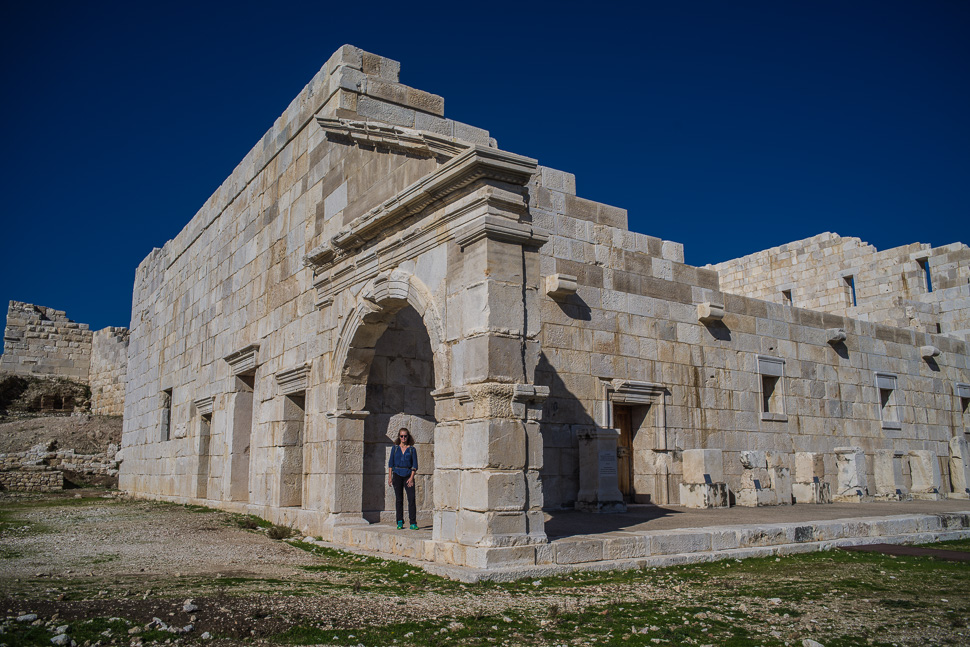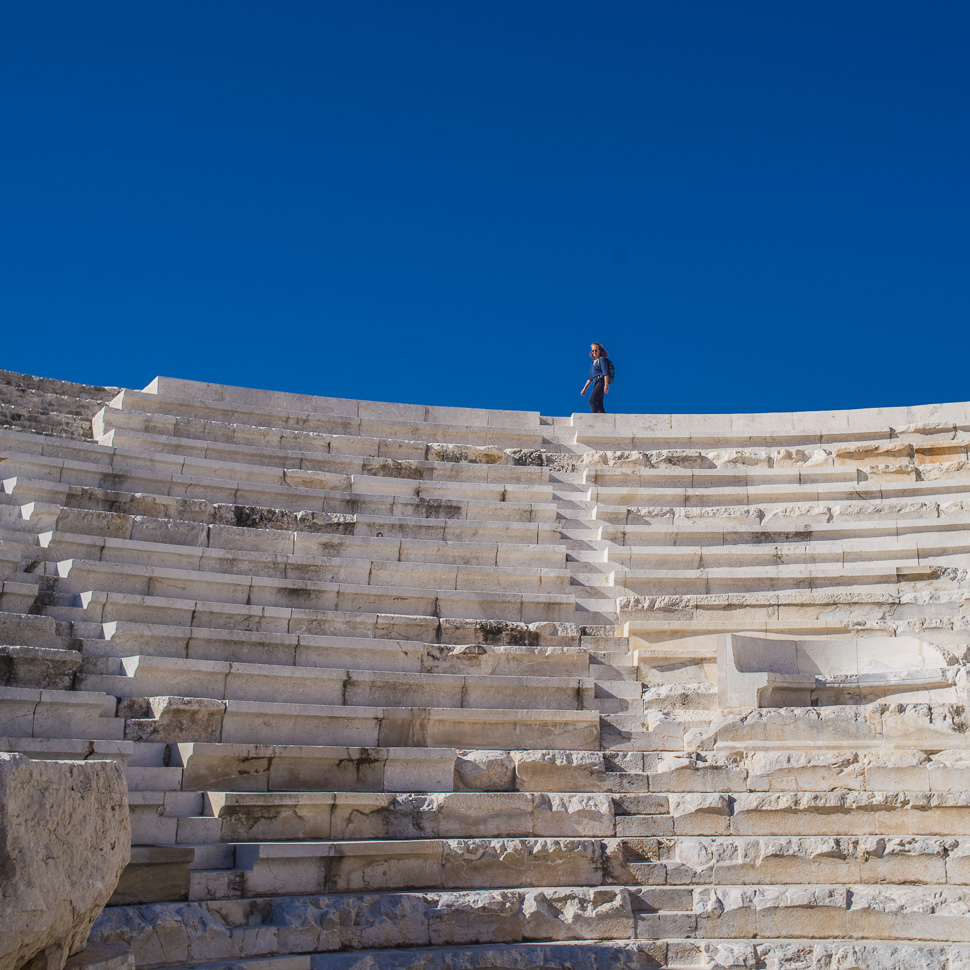From our sunset point, we took a walk along the coast and to the archaeological site of Patara, once the capital of Lycia. The route back was a “shortcut” through the dunes, with some detours around wet areas.
 |
| Starting down to the beach |
We had decided to stay for another night at this great spot (36.270522, 29.303509) and go for a walk to Patara with its theatre and the assembly hall of the Lycian league. We could see some remains of Patara already from our camper.
 |
| Best spot ever |
 |
| Can you still see our camper on top of the dunes? |
 |
| Finally, we reached the sea shore |
 |
| Break at the closed beach bar of Patara |
 |
| From May until July, the turtles lay their eggs at this beach |
From the beach, we went inland and reached the archaeological site of Patara. We had entered from the back, so no entry fee 😉 Patara was one of the most important settlements of the Lycians between the third pre-Christian and the fourth post-Christian centuries, its capital for many years and an important transport hub. Ships that sailed eastwards from Greece or westwards from Syria made regular stops here. The city, which had a population of about 20,000 at the turn of the age, had a protected port on the Turkish south coast – and was therefore of strategic and economic importance.
The first building we saw was the well-preserved theatre. According to an inscription, the construction of the theatre was financed by a Lycian woman in 144 AD, after an earthquake had destroyed the old theatre. Women in Lycia were able to take up high positions in society. Archaeologists had to remove tons of sand, which had covered the theatre to the upper rows until its excavation in 2007.
 |
| Access to the upper rows |
 |
| Only few seats had a backrest – for sure a more expensive ticket |
Next to the theatre was the assembly hall or “Bouleuterion”. From the inside, it looks like a miniature version of the theatre. Almost 1,500 people could gather here for political discussions. Lycia was federally structured – and here, according to many archaeologists, the central parliament met. Formerly independent city-states, “Poleis”, had probably joined together in 167 BC to form the Lycian League in order to protect themselves against external enemies – especially the mighty Rhodes.
 |
| Impressive assembly hall |
 |
| Seats for 1,500 politicians |
A famous Lycian who was born here around 300 AD was Saint Nicholas, later bishop of nearby Myra, and celebrated in many countries on December 6th.
 |
| Abora IV |
Thanks to our reader and ham radio amateur Engin from Fetiye, Turkey, we got the information on this boat. It is the Abora IV, a reconstructed boat built from Totora reed by Dr. Görlitz and his crew in Varna, Bulgaria. In 2019, they sailed from Varna past Istanbul and Santorini until Kaş in Turkey. After the successful expedition, the boat is now exhibited in Patara, which was once an important trade port between Egypt and Europe. More information
 |
| Main road to the harbour |
 |
| Building along the main street |
 |
| Main street underwater |
We then followed the signs to the Roman lighthouse, which is the only one in the world that has largely been preserved in the original form. 2005 it was still buried in sand. The top stone looked out, but was indistinguishable from an ordinary field stone. After 6000 lorries of sand had been removed, the imposing structure came to light. The square base alone – 20 by 20 meters in size – is around 5 meters high. On top of it stood the tower consisting of three nested cylinders, of which only a stump remains. The outer cylinder is also missing. The archaeologists suspect that a tsunami must have knocked it over because all blocks fell in the same direction. An earthquake would have scattered the stones indiscriminately and also damaged the two inner cylinders.
Because all the building material has been preserved, the archaeologists want to reconstruct the lighthouse again. An engraved Greek inscription states that Emperor Nero had the tower built. Today the lighthouse is almost a kilometre behind the coast because the port has silted up. In ancient times, it secured the west side of the port entrance.
 |
| Lighthouse of Patara |
From the lighthouse, the hill with our camper didn’t look so far away, so we decided to take the straight route and cross the dunes. Of course that wasn’t really possible as dense vegetation and swamp like ditches forced us to a zigzag through the sand which made hiking more difficult. But finally we had climbed the last dune and arrived home.
 |
| Hiking through the dunes on the way back |
 |
| Poor little flower |





















